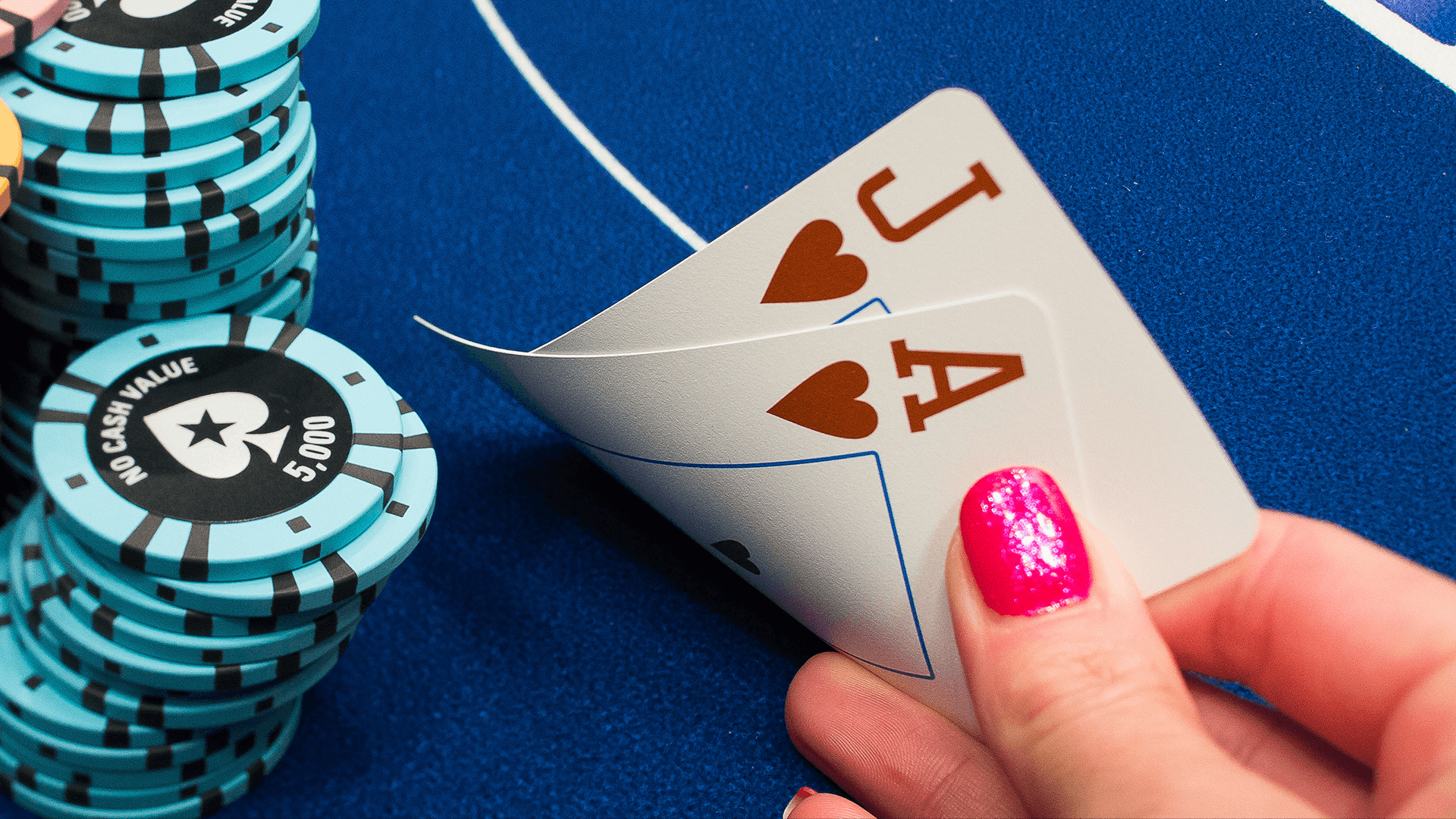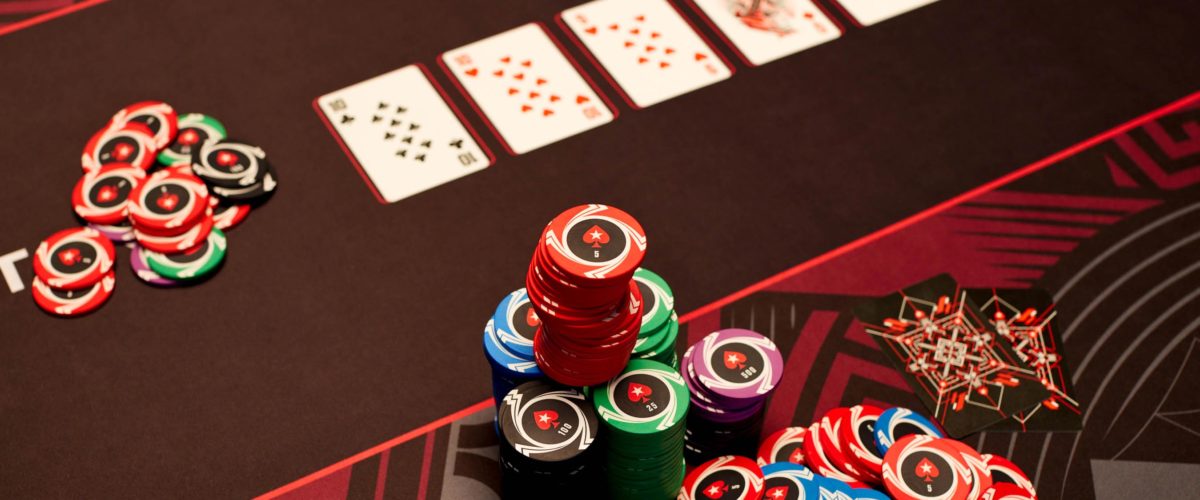Pot Odds and Expected Value
In cash games, you simply have to determine whether a call is “correct” in a mathematical sense. This means determining whether you would make money or lose money if you made the same decision in the same situation an infinite number of times. You compare what you would expect to win with what it will cost you to stay involved in a pot.
When your “expected value” is positive, you should stay in the hand.
This may sound complicated, but it need not necessarily be so. Calculating your expected value is a two-stage process, involving calculating your “pot odds”, explained below, and then comparing that figure with the odds you have of hitting one of your outs.

Pot odds
Pot odds are defined as the ratio between the size of the pot and the bet facing you. For example, if there is $4 in the pot and your opponent bets $1, you are being asked to pay one-fifth of the pot in order to have a chance of winning it.
A call of $1 to win $5 represents pot odds of 5:1.
If you are asked to pay $1 to win $10, you have odds of 10:1. If you need to find $3 to win $9, you have 3:1 and so on.
(Note: The size of the pot refers to the chips that are already in the pot, as well as all the bets made in the current betting round.)
Once you have determined the pot odds, you need to determine the odds of hitting your draw.
Odds of hitting your draw
In the basics course we introduced the Rule of Two and Four, which offered an easy way of calculating your odds when holding a drawing hand on the flop.
In that lesson, we calculated your odds of winning a hand in a percentage, but it can also be displayed as a ratio between winning and losing. A 20% winning probability can be translated as 4:1 odds – you will lose four in five times.
The precise mathematics behind this is not crucial at this stage. But the chart below shows a list of the most common draws you face in Texas Hold’em and the approximate chance you have of hitting them.
The first column (“Outs”) shows the number of outs you have; the second column (“Odds flop to turn”) shows the chance of hitting the draw on the next card; the next column (“Odds flop to river”) shows the odds of hitting on turn or river, ie, on either of next two cards.
Comparing ratios to determine expected value
After you have found the two ratios, you must compare them against each other – the odds of you winning the hand (based on your outs) compared with the pots odds offered on your call.
If the pot odds are higher than your odds of winning, you should call (or raise, in exceptional circumstances). If your pot odds are lower than your chances of winning, you should fold.
Here are a couple of solid examples:
Example with the nut flush draw:
You have the nut flush draw (nine outs) on the turn and the pot is $6. Your opponent bets $1. There is now $7 in the pot ($6 + $1), and it is $1 to call. The pot odds are therefore 7:1.
your odds are 4:1 to hit your flush draw. The pot odds are higher. You should therefore call.
You can see why this call is correct by looking at the long-term picture. If you make this call 5 times, the odds says that you will hit your draw once on average. That means you stand to win $7 for every $5 (5 * $1) you invest. That is good business.’
Example of pot odds with a straight draw:
You have a gutshot straight draw (four outs) on the flop and there is $25 in the pot. Your opponent bets $5. There is now $30 in the pot ($25 + $5), and it is $5 to call. Your pot odds are therefore 6:1.
However, according to the table the odds of winning the hand are 11:1. You don’t have the right pot odds to call here and should therefore fold.
Again, a glance at the long-term picture reveals why this is so. In this instance, you would need to play twelve times in order to win $30. But those twelve calls would cost you $60 ($5 * 12) and so this is not profitable.
How to play against an all-in
If an opponent moves all in on the flop, you can make the same calculations as described above, but this time look at the “Odds Flop to River” column. If your opponent is all in, you have the advantage that no further bets are possible.
If you call, you therefore get to see not only the turn, but also the river without having to risk more chips.
Example of odds with a straight draw against an all-in:
You have an open-ended straight draw (eights outs) on the flop. There is $50 in the pot and your opponent moves all-in for $25. You therefore have pot odds of 75 to 25 ($50 plus the $25), and it’s $25 to call.
When simplified, the pot odds are 3:1, and if you call you get to see both the turn and the river. According to the column “Odds Flop to River” in the odds table, the odds of winning the hand are 2:1, and because the pot odds are higher, you should make the call.
Conclusion
Calculating odds and outs can seem difficult and time-consuming, especially if you are a beginner. But this process is critical to make the right decisions. If you continually play draws without getting the right odds, you will lose money in the long run.
There will always be players who don’t care about odds and call too often. These players will occasionally get lucky and win a pot, but mostly they will lose and pay for it.
On the other hand, you might be folding draws in situations where the odds are favorable. If you use the strategies in this article consistently, you can avoid mistakes and gain an edge over your opponents.
Avoiding results oriented thinking
Even if you have made a correct calculation of your expected value, the fact remains that you will often make a correct call yet still lose the pot. We have factored into the calculation that, for example, you will not hit a flush draw on three out of four occasions.
But you must remember that the key determining factor in these calculations is whether or not you are getting good “value” on your call in the long term. Cash games are essentially endless and you can re-buy if you lose your chips. We are therefore looking at the decision in the abstract and determining whether this would be a profitable play if you made it time and time again.
It is a mistake in cash game poker to base your decisions only on the results of one particular hand – or even one particular session. Sometimes you might make a good call and lose; sometimes you will make a bad call and win. But don’t allow the specific result alter your decision making. You should base it in mathematics.

